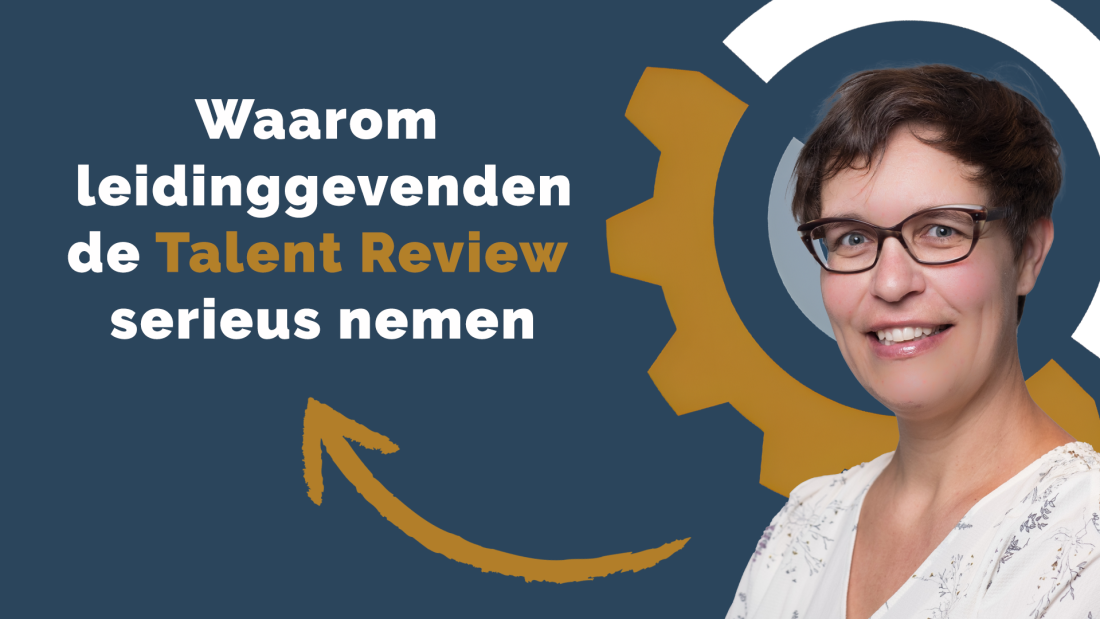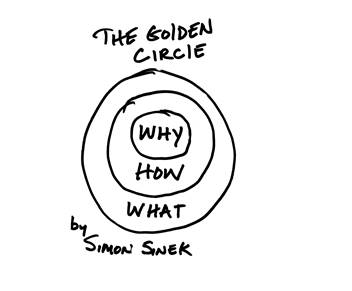Waarom elke leidinggevende de Talent Review even serieus moet nemen als de budgetcyclus
Als leidinggevende doorloop je elk jaar je budgetcyclus. Logisch, toch? Zonder budgetten heb je geen middelen om je doelen te realiseren.
Maar… stel jezelf ook de vraag: met wie ga je die doelen bereiken? Welke vaardigheden heb je in de toekomst meer/minder nodig? Hoe zal je top presteerders in het team aan boord houden en ondersteunen in hun ambities? Wat als iemand met veel expertise het team verlaat?
➡️ het Talent Review proces helpt je deze vragen te beantwoorden
Net zoals je de impact van de doelstellingen op je middelen analyseert, moet je ook stilstaan bij de impact op je team. En precies daarvoor is de Talent Review een krachtig instrument.
Wil je écht dat leidinggevenden eigenaarschap opnemen in de Talent Review?
Dan is het cruciaal dat zij begrijpen hoe die Talent Review bijdraagt aan de resultaten van de organisatie. En dat begint bij een sterk “waarom-verhaal”.
Dat “waarom” bouw je op basis van twee bronnen:
-
De doelstellingen van de organisatie
-
De personeelsgegevens
Voorbeeld 1: Talent Review inzetten om strategische keuzes waar te maken
Een organisatie staat voor een fusie en dient in het kader hiervan kosten te besparen. Eén van de beslissingen is een hiring freeze. Externe rekrutering valt weg. De Talent Review wordt dus gebruikt om interne talenten te identificeren voor vacatures.
➡️ Resultaat: een Talent Review met focus op interne mobiliteit en groei van medewerkers die aspiratie tonen om te evolueren
Voorbeeld 2: Personeelsgegevens als richtingaanwijzer
In een andere organisatie is het verloop onder medewerkers met minder dan drie jaar anciënniteit veel hoger dan het gemiddeld verloop in de organisatie. Het directiecomité besliste daarop dat de Talent Review zich moet richten op medewerkers die 2 à 3 jaar in dienst zijn, om gericht op retentie te werken.
➡️ Resultaat: een Talent Review met focus op behoud en ontwikkeling van recent aangeworven talent.
Twee organisaties. Twee totaal verschillende contexten. Maar in beide gevallen is het succes van de Talent Review afhankelijk van een heldere, relevante “waarom”.
Samengevat:
Wil jij dat leidinggevenden hun rol opnemen in Talent Review? Zorg voor een duidelijke link tussen de Talent Review en de organisatiedoelstellingen. Toon de meerwaarde aan. En bouw dat verhaal samen op basis van data en strategie.
Heb je hulp nodig om het “waarom-verhaal” voor jouw organisatie helder te krijgen?
📩 Neem gerust contact – ik help je graag verder.


















